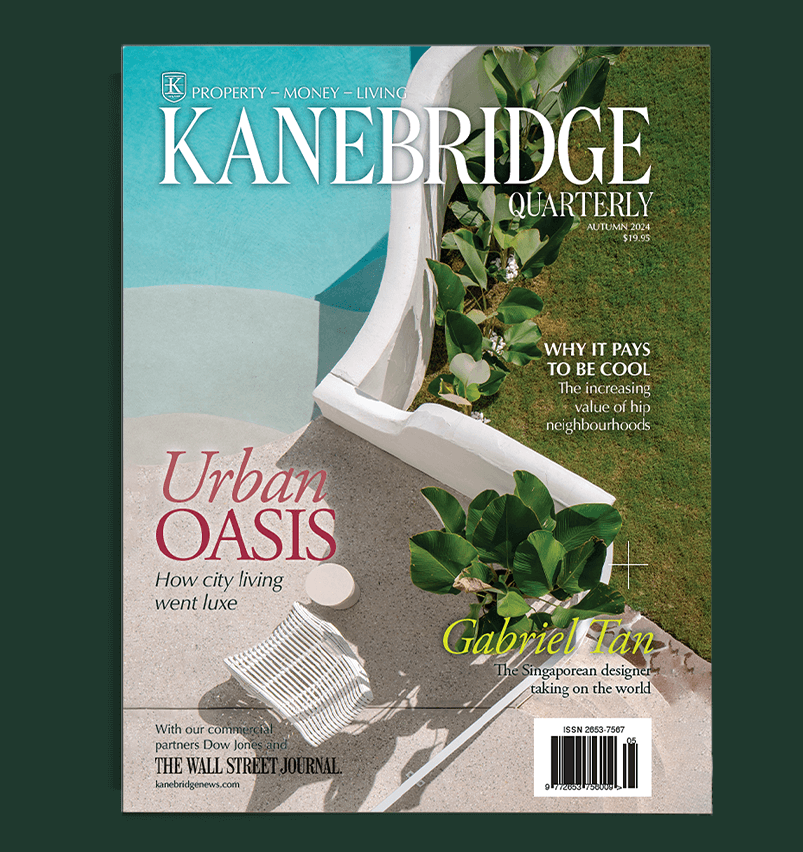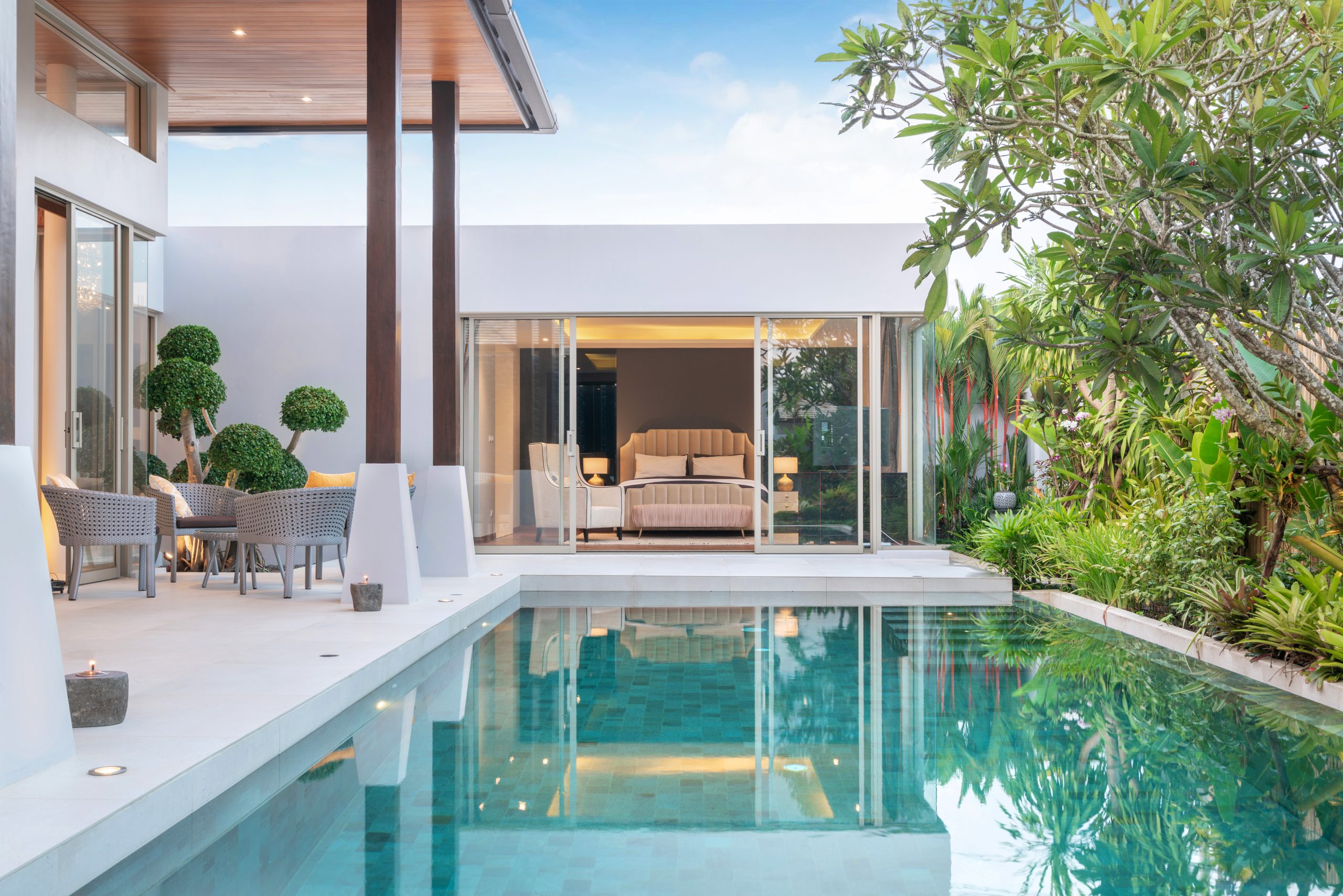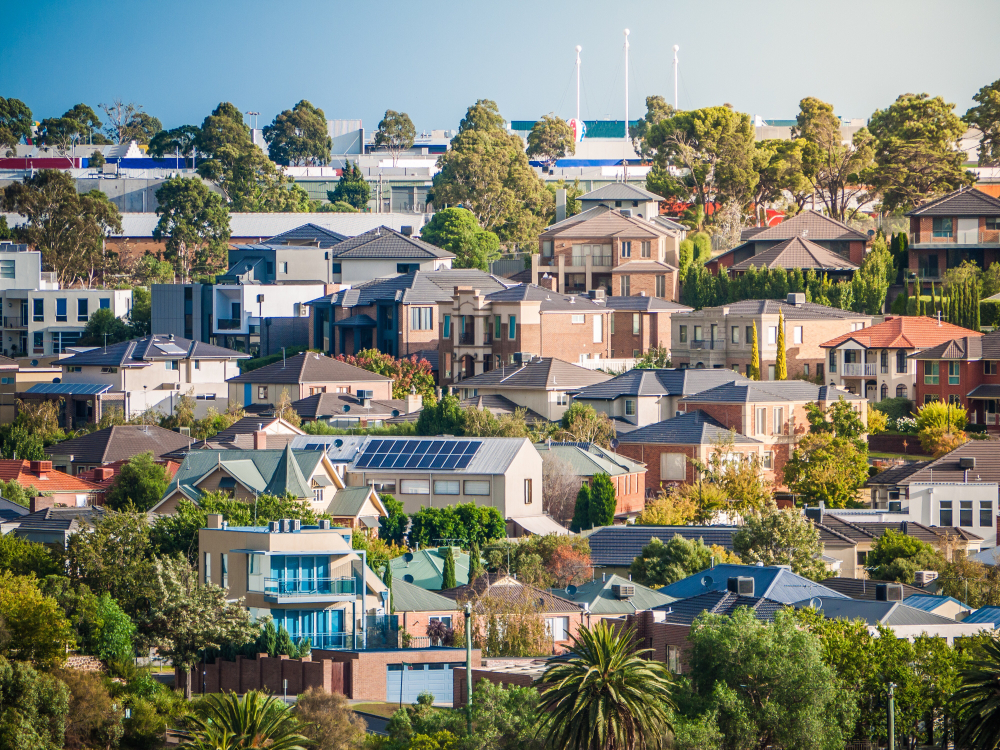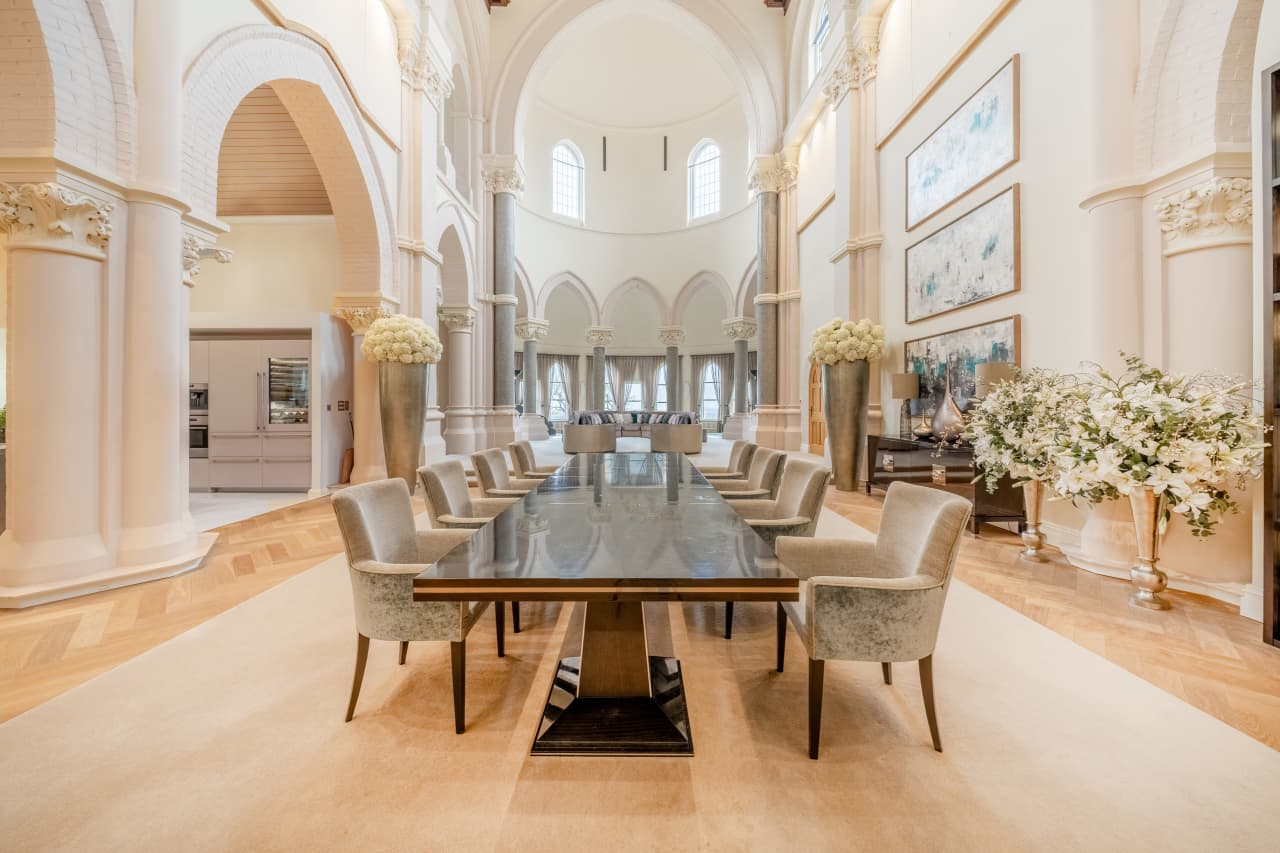Billy Joel Is Movin’ Out of His $49 Million Long Island Mansion
The Grammy winner wants to sell the roughly 26-acre waterfront estate now that he and his wife are spending more time in Florida
Billy Joel’s roughly 26-acre, waterfront estate on the North Shore of Long Island is coming on the market for $49 million.
The Grammy winner paid $22.5 million for the first roughly 14 acres of the Oyster Bay, N.Y., estate in 2002, public records show. More recently, he acquired several adjacent parcels of land, restoring much of an original estate that was broken up in the 1950s, according to listing agent Bonnie Williamson of Daniel Gale Sotheby’s International Realty.
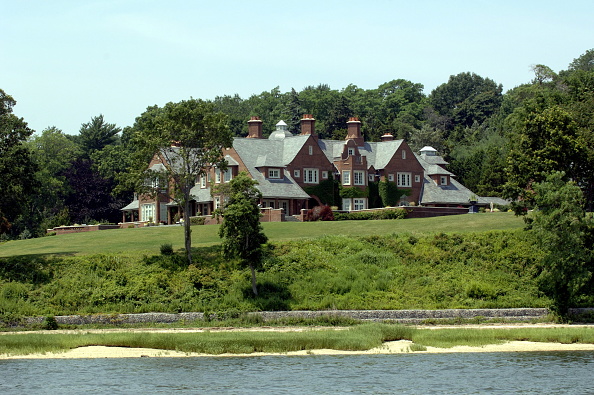
Known as Middlesea, the property was briefly listed for sale in 2006 asking $37.5 million, but was taken off the market soon after, Ms. Williamson said. She said the Piano Man is looking to sell now because he and his wife, Alexis Roderick, with whom he shares two young children, are spending more time in Florida. A spokesperson for Mr. Joel couldn’t be reached for comment.
Located on Centre Island, a small island roughly 40 miles east of Midtown Manhattan, the estate is close to Mr. Joel’s hometown of Hicksville, a hamlet also located in the town of Oyster Bay. The centerpiece of the estate is a roughly 20,000-square-foot mansion. The property also has a floating dock, a beach house with guest rooms, a gate house, two outdoor pools and a helipad, Ms. Williamson said.
Currently under renovation, the five-bedroom main house has covered porches, brick columns and archways, and a two-story entry hall with black-and-white marble tiled floors. Other amenities at the estate include an under-construction playroom, a room designed to be a spa and hair salon, a bowling alley and a wine cellar. Mr. Joel covered up an indoor pool so he could use the space, which has excellent acoustics, as a music room, Ms. Williamson said.
The renovation of the house is expected to be complete by the late summer or fall, she said. Mr. Joel decided to put the house on the market in the midst of the renovation, Ms. Williamson said, because “whoever buys will want to do their own selections of how to paint and decorate and perhaps style the kitchen.”
Mr. Joel, known for songs like “Piano Man,” “We Didn’t Start the Fire” and “Uptown Girl,” is in the midst of residency at Madison Square Garden in New York.
Records show a company tied to Mr. Joel purchased an estate in the Lantana, Fla., area, for about $22 million in 2015. Another company tied to Mr. Joel also owns property in Sag Harbor, N.Y., records show.
Middlesea will be the most expensive home for sale in Oyster Bay, where the next priciest listing is asking $8.5 million, according to Zillow. In the first quarter, Long Island luxury sales were down by about 34% from the same period of last year, according to a recent report by Douglas Elliman.
 Copyright 2020, Dow Jones & Company, Inc. All Rights Reserved Worldwide. LEARN MORE
Copyright 2020, Dow Jones & Company, Inc. All Rights Reserved Worldwide. LEARN MORE
This stylish family home combines a classic palette and finishes with a flexible floorplan
Just 55 minutes from Sydney, make this your creative getaway located in the majestic Hawkesbury region.
This may be contributing to continually rising weekly rents
There has been a substantial increase in the number of Australians earning high incomes who are renting their homes instead of owning them, and this may be another element contributing to higher market demand and continually rising rents, according to new research.
The portion of households with an annual income of $140,000 per year (in 2021 dollars), went from 8 percent of the private rental market in 1996 to 24 percent in 2021, according to research by the Australian Housing and Urban Research Institute (AHURI). The AHURI study highlights that longer-term declines in the rate of home ownership in Australia are likely the cause of this trend.
The biggest challenge this creates is the flow-on effect on lower-income households because they may face stronger competition for a limited supply of rental stock, and they also have less capacity to cope with rising rents that look likely to keep going up due to the entrenched undersupply.
The 2024 ANZ CoreLogic Housing Affordability Report notes that weekly rents have been rising strongly since the pandemic and are currently re-accelerating. “Nationally, annual rent growth has lifted from a recent low of 8.1 percent year-on-year in October 2023, to 8.6 percent year-on-year in March 2024,” according to the report. “The re-acceleration was particularly evident in house rents, where annual growth bottomed out at 6.8 percent in the year to September, and rose to 8.4 percent in the year to March 2024.”
Rents are also rising in markets that have experienced recent declines. “In Hobart, rent values saw a downturn of -6 percent between March and October 2023. Since bottoming out in October, rents have now moved 5 percent higher to the end of March, and are just 1 percent off the record highs in March 2023. The Canberra rental market was the only other capital city to see a decline in rents in recent years, where rent values fell -3.8 percent between June 2022 and September 2023. Since then, Canberra rents have risen 3.5 percent, and are 1 percent from the record high.”
The Productivity Commission’s review of the National Housing and Homelessness Agreement points out that high-income earners also have more capacity to relocate to cheaper markets when rents rise, which creates more competition for lower-income households competing for homes in those same areas.
ANZ CoreLogic notes that rents in lower-cost markets have risen the most in recent years, so much so that the portion of earnings that lower-income households have to dedicate to rent has reached a record high 54.3 percent. For middle-income households, it’s 32.2 percent and for high-income households, it’s just 22.9 percent. ‘Housing stress’ has long been defined as requiring more than 30 percent of income to put a roof over your head.
While some high-income households may aspire to own their own homes, rising property values have made that a difficult and long process given the years it takes to save a deposit. ANZ CoreLogic data shows it now takes a median 10.1 years in the capital cities and 9.9 years in regional areas to save a 20 percent deposit to buy a property.
It also takes 48.3 percent of income in the cities and 47.1 percent in the regions to cover mortgage repayments at today’s home loan interest rates, which is far greater than the portion of income required to service rents at a median 30.4 percent in cities and 33.3 percent in the regions.
Consumers are going to gravitate toward applications powered by the buzzy new technology, analyst Michael Wolf predicts
This stylish family home combines a classic palette and finishes with a flexible floorplan



